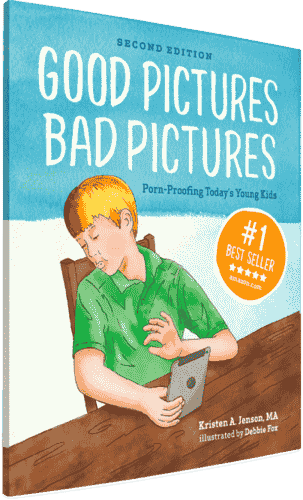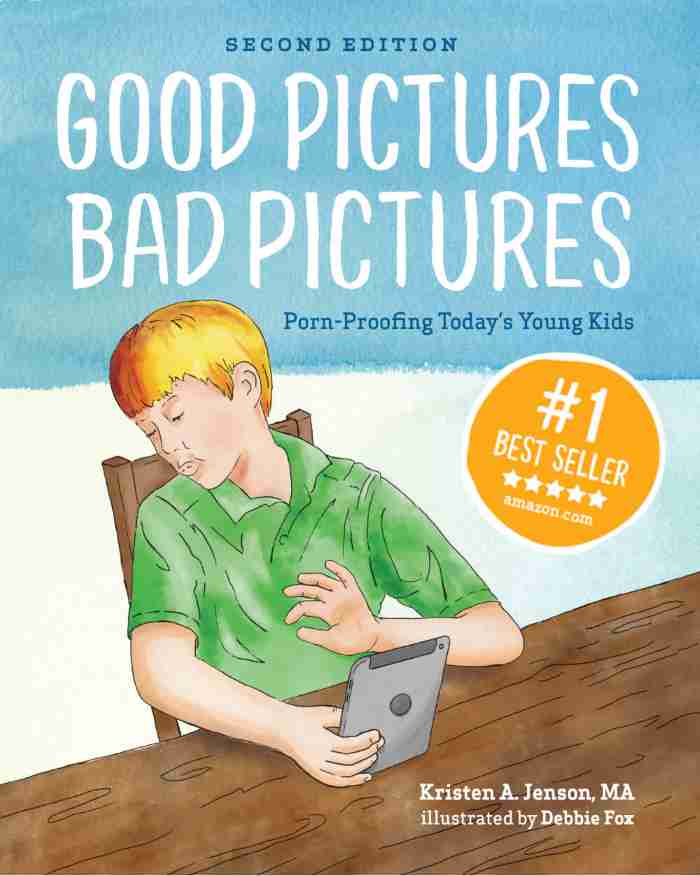

Porn vs. Art: Why it Matters to Kids

I’ve always taught my kids that the world is full of opposites. And they need to be able to tell the difference.
Pornography, in my opinion, is the opposite of art. (I’ll explain my reasons in a minute…)
Why does that matter?
Because pornography often masquerades as art. Just ask my cousin, who volunteers at the Seattle Museum of Art, and was dismayed, disgusted and amazed at the pornography in the Elles: Pompidou “Women Take Over” exhibit. One of the most shocking examples of “art” was a video of a naked woman ripping her waist apart with a barbed wire hula hoop. (I could go on, but you'd all be screaming TMI!!!)
Hey, I’m not makin’ this up!
If you go to the SAM website and watch the low budget and inane video “I’m not the girl who misses much” by Pipilotti Rist (I actually couldn’t tolerate watching it all), you’ll get a taste of what is passing for “art” in our culture today. (Warning: Includes somewhat obscured but still very discernible frontal nudity towards the end of the video—all generously shared on an art museum’s public website!)
And what do the critics have to say? Oh, they love it. Seattle Magazine pronounces,
"The work is shocking, funny, disturbing, sexual, pissed off, poignant and exuberant (as all good art tends to be)."
Really? But this isn’t surprising when you realize that most colleges offer course credit for “studying” pornography. And don’t forget the decade-old Yale tradition of Sex Week.
So what’s the difference, in my humble yet correct opinion, between pornography and art?
Art, whether it’s photography, cinema, painting, sculpture or literature, invites a person to think, to ponder, to consider something new, a different perspective perhaps. Art doesn’t necessarily have to be beautiful, but it should say something of worth. Something to enlighten us. Great artists are also great thinkers.
What is the opposite of art?
[[CTA]]
Cheap attempts to shock, titillate, create sensation for sensation’s sake and evoke easy tears or gratuituous horror. At least that’s what I learned in my college English Lit classes. We eschewed stories that relied on the untimely death of a character (like a young mother or her child) to get the tears flowing. Or sexual scenes that tapped into one’s libido instead of one’s mind.

Though good stories often include tragedies, horror and intimacy, the true artist doesn’t pull them out simply to shock or evoke a cascade of emotion. The best literature stays with you and changes you. You can chew on it and think about it for weeks, or the rest of your life. True art is like a good meal—it satisfies and leaves you with the pleasure of slow digestion.
Pornography may be memorable, even for a lifetime. But it’s meant to shock, titillate and addict, rather to enlighten us about what it means to be a thinking, moral human being.

And I think it matters that we explain that to our kids. Because a lot of porn is legitimized and sold as “art.” And that confuses kids. Teaching children about art and how it differs from the counterfeit of pornography is a powerful way to begin to inoculate them against a wolf in sheep’s clothing.
How do you talk to your kids about art? How can you differentiate it from pornography? What examples do you provide? I’d love to hear your ideas!



Good Pictures Bad Pictures
"I really like the no-shame approach the author takes. It's so much more than just 'don't watch or look at porn.' It gave my children a real understanding about the brain and its natural response to pornography, how it can affect you if you look at it, and how to be prepared when you do come across it (since, let's face it... it's gonna happen at some point)." -Amazon Review by D.O.







